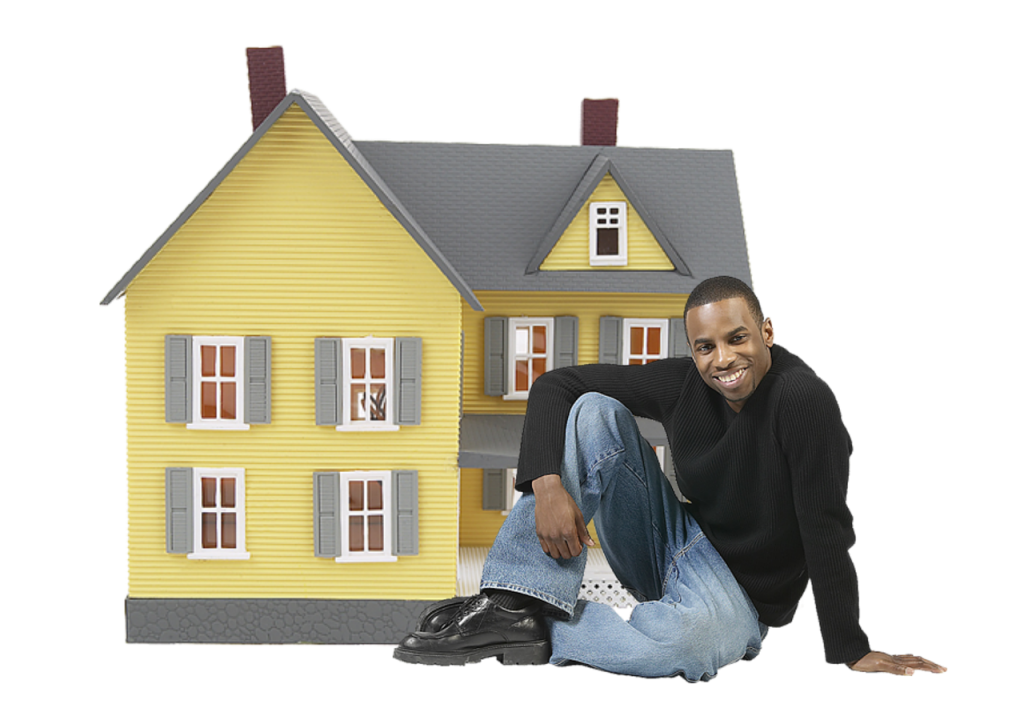The National Association of Realtors says the number of renters who’re in a position to buy their first home has increased in the last two years. However, it says homeownership remains difficult for many to attain due to the need for a large down payment.

In its latest Economists’ Outlook blog post, the NAR said 38% of renters can now afford a home, up from 33% in 2018. But the problem is they’ll still need to save up for 13 years for that pesky 10% down payment.
“As mortgage rates have fallen and incomes have increased, the fraction of renters who can afford to purchase a home has increased from 33% in 2018 to 38% as of 2020 Q3,” Scholastica “Gay” Cororaton, a research economist for NAR, wrote in the blog.
Some of the metro areas seeing the highest percentage of renter households now able to afford to buy a home in the third quarter include Topeka, Kan. (64.5% of renter households can afford to buy a home); Waterloo-Cedar Falls, Iowa (63.3%); Elmira, N.Y. (62.4%); Fond du Lac, Wis. (60.9%); Decatur, Ill. (60.7%); Peoria, Ill. (60.7%); and Wichita Falls, Texas (59.5%).
While the home purchase has become more affordable, monthly mortgage payments and down payments have not. As of the third quarter, a renter with a family income of $49,242 or below would not be able to afford a typical single-family home valued at $313,500, according to NAR’s analysis. The mortgage payment would account for 29% of income, which is above the 25% threshold that most financial experts consider affordable.
Also, a renter will need about $30,000 for a 10% down payment, requiring an estimated 13 years of saving.
Still, some help is available with the FHA and other lending programs offering 3% loans to first-time buyers that qualify. Several other loan programs offer down payment assistance that real estate pros can share with their customers who are looking to buy but are unable to save for the down payment